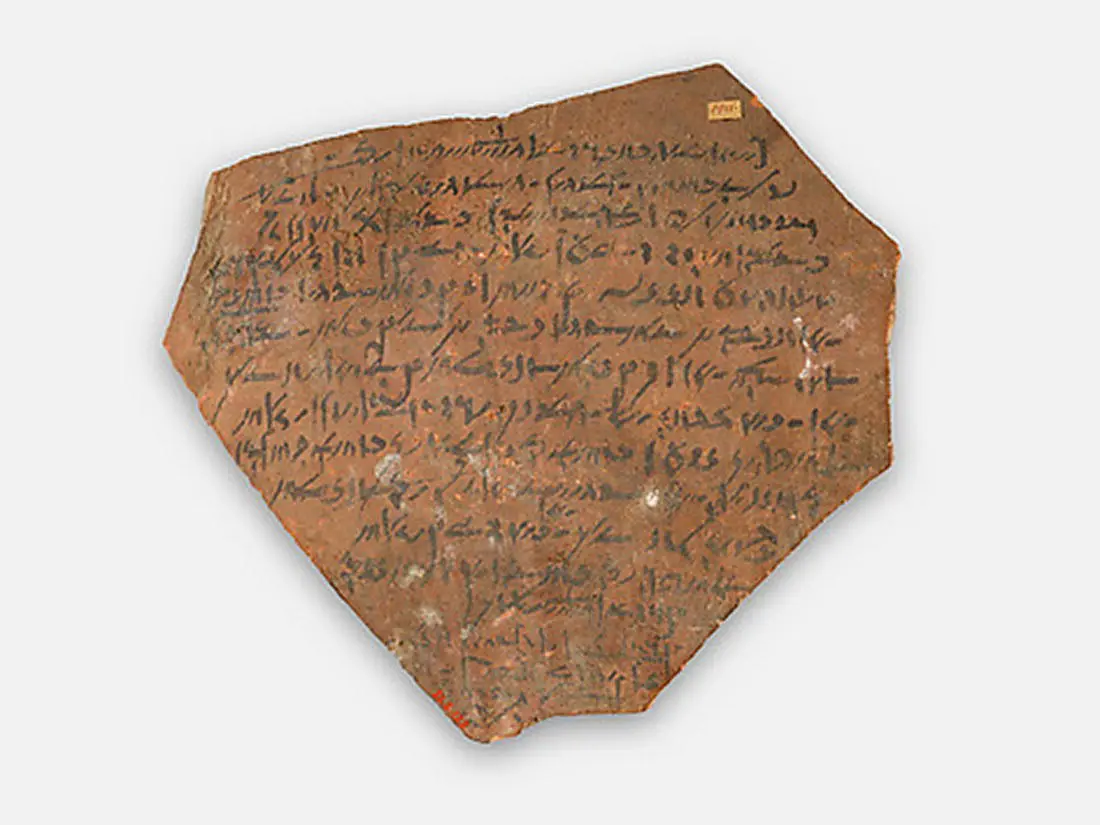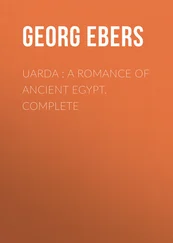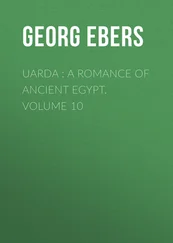1.3 The Makeup of Egyptian Historical Sources
Anyone with an interest in ancient Egypt is aware of the vast quantity of material that is available to a student of the culture. Many museums have an abundance of objects on display, numerous TV documentaries show a seemingly unlimited array of tombs, wall paintings, statues, and the like, and whoever travels to Egypt itself sees ancient remains almost everywhere. Writing is very prominent in all this material: the ancient Egyptians liked to carve and paint texts onto their monuments. A major temple was incomplete if it did not have texts and images on every surface. There are multiple ongoing projects with scholars copying all the inscriptions and relief scenes of particular temples and tombs. The University of Chicago has been doing so in the area of Luxor since 1924! This embarrassment of riches does not mean that every aspect of life is well documented, however, or that the sources are easy to use in historical research. Nor are they evenly spread over the millennia of Egyptian history. As I take writing as the historian’s primary source, I will focus my remarks here on the written record.
The papyrus is almost as iconic of ancient Egypt as is the pyramid. The paper‐like – the words are obviously related – sheets of plant fibers hammered together are fragile and would not have survived were it not for Egypt’s dry climate. The survival of papyri depends on where they ended up after use. Undoubtedly, the ancient Egyptians kept business records and accounts in their houses and offices in towns and villages. Those were situated in the floodplain and consequently are now submerged underneath Nile deposit. Even if one could excavate the buildings where the papyri were stored, the humidity would have destroyed them. Likewise, there are few papyri from the Delta. The large majority of finds derives from the desert areas, where people included papyri in tombs, or, more rarely, from administrative offices near burial complexes. In the Ptolemaic Period, large amounts papyri were also used to enclose mummies in what we call cartonnage. The artisans bought them up in bulk to make a kind of papier‐mâché coffin surrounding human and animal corpses, and mixed all sorts of writings together. These have survived because they were buried in the desert.
Papyrus was expensive. People regularly reused rolls, writing on the reverse and in spaces left blank in the midst of a text. They thus combined writings with very different content. We find, for example, magical spells written on the back of a papyrus with administrative records. This repeated use can lead to confusion; when various documents appear side by side but written over several decades, do they relate to each other or are they fully independent? For daily purposes the Egyptians also used other materials that were cheap and abundant. Those included primarily the shards of broken pots and flat chippings of limestone on whose surfaces one could write in ink. Scholars refer to them as ostraca, from the Greek word for potshard, ostracon ( Figure 1.6). Most often they contain brief business or legal documents, but can have much more elaborate writing on them. For example, someone copied most of the literary Tale of Sinuhe on a limestone flake, 35 inches (88.5 centimeters) high with 130 lines of text on it. Many ostraca contain sketches that often reveal an artistic spontaneity that is absent in official monuments.

Figure 1.6 As papyrus was expensive, potshards and flakes of limestone provided a cheap alternative for writing down texts, mostly for everyday concerns, or making sketches. An innumerable amount of such objects, called ostraca after the Greek word for potshards, have survived. This example, dated December 6, 127 bc and written in Demotic script, records an oath sworn by a man named Patasetat that he did not steal a piece of cloth. It measures 17 by 19 cm and the scribe used a piece of broken pottery to write on. Metropolitan Museum of Art 21.2.122.
Source: Rogers Fund, 1921
Because of the problems of conservation over time, the record of papyri and ostraca available today is not an accurate reflection of what was written in antiquity. Only the materials that were kept in the desert survive, and those deal primarily with issues concerning the dead. If they are administrative, they often record the mortuary cult. Some archives recording the private affairs of people survived by accident by being discarded in desert tombs.
Literary works likewise survived when they were deposited in burials. Funerary compilations such as The Book of the Dead are thus more likely still to exist than other literature. An exceptional community of artists and workmen who built the tombs in the Valley of the Kings lived in the desert at modern Deir el‐Medina. For those people, we have the remains of their everyday writings, and they are extensive and wide‐ranging. Beside papyri, more than 10,000 ostraca were excavated in the village. The writings include letters, business contracts and accounts, but also a good number of excerpts of literary texts. Although this was an unusual community, with especially literate members, the documents probably reveal what would have been available elsewhere in Egypt. Some towns and villages from the Greek and Roman periods are the source of papyri, but these were almost all excavated unscientifically in the early days of Egyptian archaeology. Together with the official state records that make up the mass of papyri used in mummy cartonnage, they give a more complete picture of ancient writings than for earlier periods.
The most visible remains of Egyptian writing are on monuments, the buildings, statues, steles, and coffins that are so numerous and evident in museums and in the Egyptian countryside. These are most often official statements, honoring the donor of the monument or celebrating a military adventure, the construction of a building, or similar public accomplishments. The integration of text and image, jointly proclaiming a message, is greater in Egypt than in most other cultures. A statue, for example, is almost incomplete without the written name of who it represents. Conversely, the statue itself can serve as a hieroglyph of writing. The inscribed name is carved in such a way that the figure of the statue appears at the end. In the Egyptian writing system, a person’s name needs to be followed by the determinative signifying a man or a woman. With male statues the sculpture itself often performs that function.
Official statements require a skeptical reading. One of the hardest tasks for the scholar of ancient Egypt is to subject the textual record to historical criticism. Often, a single source, or a set that presents the same point of view, provides the only information on an event or a practice. It is thus difficult to ascertain whether the outcome of a military campaign was as glorious as the author proclaims or even whether the campaign took place. In other fields of historical research, the rule that a single testimony is no testimony is often invoked, but this attitude would leave ancient Egyptian history in tatters, as often we have to rely on one source only. Historians need to use great caution. They cannot just accumulate individual statements about a king’s reign and present them as a reconstruction of the period.
A particular challenge arises with the use in historical reconstructions of what are clearly literary compositions. The Egyptians did not produce accounts that professed to be accurate investigations of the past. They did write stories, however, portraying historical figures. For example, in a Middle Kingdom piece of wisdom literature, The Instruction Addressed to King Merykara (see Chapter 4), Merykara, a known ruler of the preceding First Intermediate Period, hears a description of troubles and military action against internal Egyptian and foreign enemies. It is tempting to accept this narrative as fact and use it to explain the decline of royal power in the First Intermediate Period that other sources also imply. But the literary source was not written in order to explain history to a later audience. Its purpose was to inspire royal and elite conduct that could deal with adversity, and the challenges described may have been purely fictional. In earlier years of Egyptian scholarship the narrative was taken at face value, but today scholars use the Instruction as a source of information on the period of its composition, rather than on the period it depicts. The study of the First Intermediate Period needs to be based on other evidence.
Читать дальше













